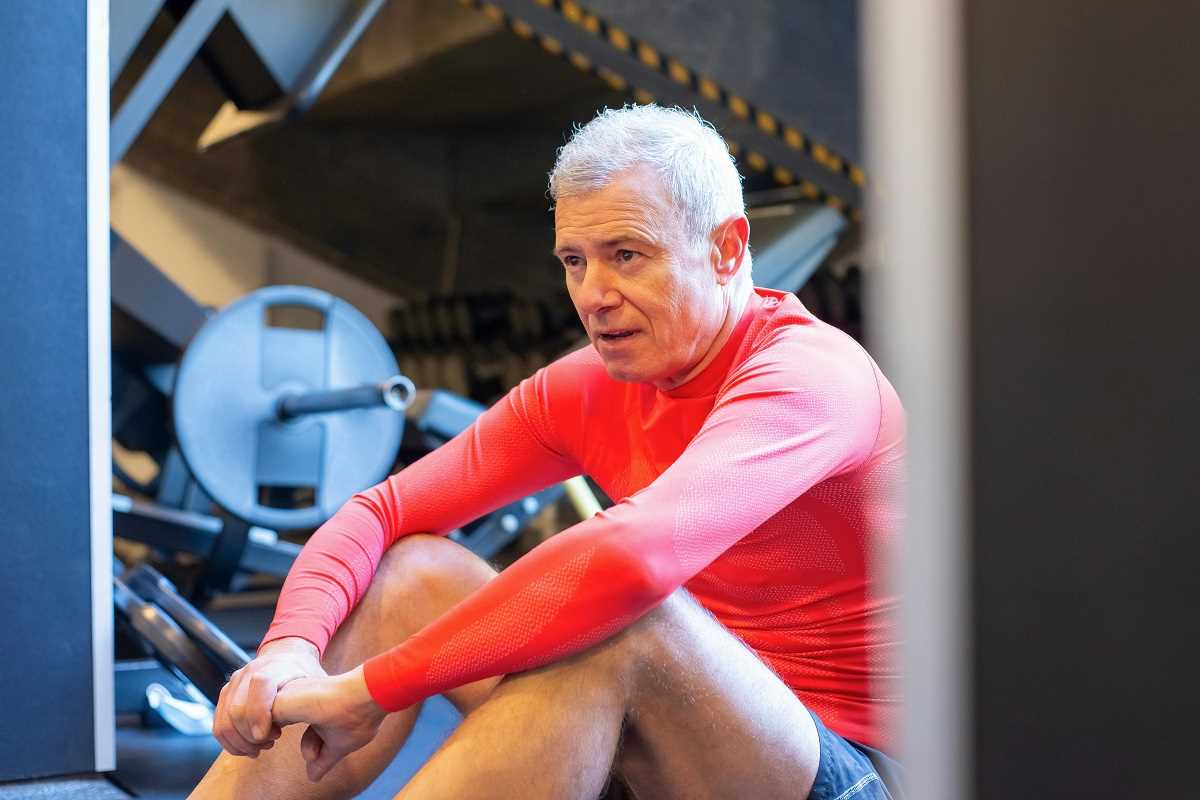Strength training isn’t just for bodybuilders or athletes—it’s a powerful tool for maintaining health, vitality, and independence as we age. For seniors, incorporating strength training into their routine can have life-changing benefits, from improving muscle mass and bone density to enhancing balance and reducing the risk of falls. If you’re a senior looking to get started with strength training, this guide will walk you through how to do so safely and effectively.
Why Strength Training is Essential for Seniors
Boosts Muscle Mass and Strength
It’s natural to lose muscle mass as you age—a condition known as sarcopenia—which can make everyday activities like climbing stairs or carrying groceries more challenging. Strength training helps reverse this process by building and maintaining muscle strength, allowing you to stay active and independent longer.
- Enhances Bone Density: Bone density naturally decreases with age, which increases the risk of fractures and conditions like osteoporosis. Weight-bearing exercises, such as lifting weights or resistance training, encourage bone growth and strengthen your skeletal system, making it more resilient.
- Improves Balance and Reduces Fall Risk: Strength training can significantly enhance core stability and balance, crucial factors for preventing falls. When done consistently, it helps train your muscles to react more effectively, keeping you steady on your feet.
- Promotes Overall Health and Longevity: Beyond muscular benefits, strength training supports a healthy metabolism, aids in managing weight, and helps control blood sugar levels. Studies even show it can improve mood and cognitive function.
With all these benefits, strength training can truly transform the way you feel—both physically and mentally.
Getting Started Safely
1. Consult with Your Healthcare Provider
Before beginning any strength training program, it’s essential to check in with your doctor, especially if you have existing health conditions such as arthritis, cardiovascular issues, or joint pain. They can provide guidance on what exercises suit your medical history and fitness level.
2. Start Small and Set Realistic Goals
One of the keys to long-term success is setting achievable goals. Focus on improving functionality in daily tasks, such as standing up from a chair without help or carrying lighter groceries with ease. Start with just a few exercises, 2–3 times a week, for 20–30 minutes per session.
3. Choose the Right Exercises
Begin with exercises that target major muscle groups, such as:
- Legs (e.g., squats or seated leg presses)
- Core (e.g., seated twists or planks)
- Arms (e.g., bicep curls or tricep extensions)
- Back and Shoulders (e.g., rows or overhead presses)
- Bodyweight exercises, like wall push-ups or gentle chair squats, are an excellent starting point. Resistance bands or light dumbbells (1–5 pounds) can add gradual intensity as you progress.
4. Learn Proper Form
Proper form is critical to avoid injuries. If possible, work with a trainer or attend a beginner-friendly class to get personalized guidance. You can also find instructional videos designed specifically for seniors. Remember to move slowly and controlled, paying attention to your alignment and range of motion.
Tips for Safe and Effective Strength Training
Warm-Up and Cool-Down
Always start your session with a warm-up to loosen your muscles and increase blood flow. Gentle movements like walking in place or doing arm circles for 5–10 minutes work well. At the end of your session, stretch all major muscle groups to improve flexibility and prevent soreness.
Focus on Gradual Progression
Begin with light weights and perform 10–15 repetitions of each exercise. Once you can complete two sets of these comfortably, you can gradually increase the resistance or add a third set. Avoid the temptation to push yourself too hard—you’re building strength over time, not overnight.
Pay Attention to Your Body’s Signals
Listen to your body carefully. Feeling some muscle fatigue is normal, but sharp pain is not. If something doesn’t feel right, stop immediately and reassess your form or take a break. It’s better to go slow than risk an injury.
Incorporate Rest Days
Recovery is just as important as the workout itself. Schedule at least one day between strength-training sessions to allow your muscles to rebuild and repair. On these days, lighter activities like walking or yoga can keep you moving without overstressing your body.
Stay Consistent
The key to seeing results is staying consistent. Make strength training a regular part of your weekly routine so it becomes a long-term lifestyle habit. Over time, you’ll notice improvements in your strength and balance, making everyday activities easier and more enjoyable.
Additional Considerations
- Hydration and Nutrition: Staying hydrated and maintaining a well-balanced diet are vital components of any fitness routine. Seniors should emphasize protein intake to support muscle repair and growth, along with calcium and vitamin D to maintain bone health.
- Consider Group Classes or Fitness Communities: Joining a senior-focused fitness class or online community can provide motivation and accountability while making exercise more enjoyable. Plus, it’s an excellent way to stay socially connected.
- Check Your Environment: Ensure your workout space is free of clutter, with a stable surface to prevent slips or falls. If you use weights or bands, store them safely after each session to avoid tripping hazards.
Getting started with strength training as a senior may seem intimidating at first, but the rewards far outweigh the initial learning curve. Improved strength, better balance, and increased confidence in your physical abilities are all within reach if you start slow and stay committed. Remember—the goal isn’t perfection, but progress.
By incorporating safe and effective strength-training exercises into your routine, you’re not just building muscles—you’re building a foundation for a healthier, more vibrant life. It’s never too late to start, and the benefits will last a lifetime. Give it a try, and enjoy the empowerment that comes with being strong at any age.
 (Image via
(Image via





